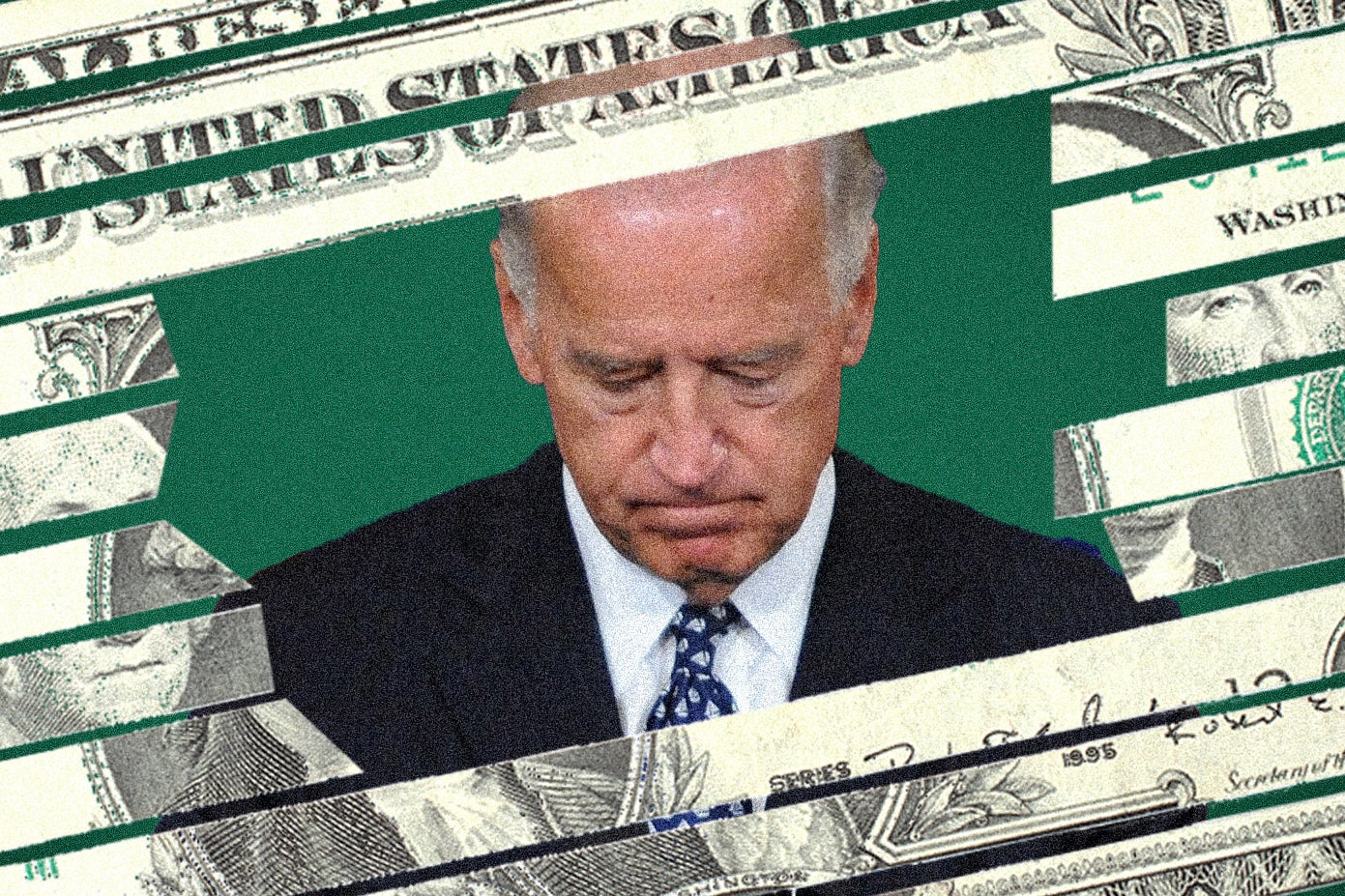While most people assume drivers are always at fault in pedestrian accidents, the reality is more complex. Pedestrians, like drivers, have a responsibility to follow traffic rules and can be held liable for accidents under certain circumstances.
This article explores the situations in which pedestrians may bear legal responsibility, how liability is determined, and the impact it can have on compensation claims.
How Comparative Negligence Works
Comparative negligence is a legal concept used to assign fault proportionally between parties in an accident. Rather than placing blame solely on one party, this principle recognizes that both drivers and pedestrians can contribute to an incident. Courts will assess each person’s behavior, such as whether the pedestrian followed traffic signals or if the driver was speeding.
In states following pure comparative negligence, an injured pedestrian can recover damages even if they are 99% at fault for the accident. However, the compensation is reduced by their share of responsibility. For example, if a pedestrian was found 40% responsible and suffered $50,000 in damages, they would receive $30,000 after deductions.
In modified comparative negligence states, which represent a significant portion of the U.S., pedestrians can only recover compensation if they are found to be less than 50% or 51% at fault (depending on the state). They are barred from recovering any damages if their responsibility exceeds that threshold.
When Pedestrians Might Be Found at Fault
Pedestrians are not immune to negligence claims. Several behaviors and situations can contribute to their share of liability in an accident:
- Jaywalking: Crossing the road outside a designated crosswalk is a common reason pedestrians are found partially at fault. Although jaywalking isn’t always illegal, it can demonstrate reckless behavior, especially in busy urban areas.
- Ignoring Traffic Signals: Pedestrians who disregard walk signs or attempt to cross during a red light can be held accountable if their actions lead to an accident.
- Walking Under the Influence: Public intoxication isn’t just dangerous for drivers. A 2019 study by the Governors Highway Safety Association found that 32% of pedestrian fatalities involved alcohol impairment on the part of the pedestrian. Courts may consider intoxication as a contributing factor when assessing fault.
- Distracted Walking: The rise of smartphones has led to the phenomenon of “distracted walking.” Pedestrians who are texting or using headphones may not be aware of their surroundings, which could result in hazardous situations.
- Sudden Movement into Traffic: If a pedestrian steps into traffic unexpectedly, drivers may not have enough time to react, placing some of the blame on the pedestrian.
Real-World Examples and Statistics
Studies show that pedestrian-related accidents have been on the rise in recent years. The National Highway Traffic Safety Administration (NHTSA) reported over 7,000 pedestrian deaths in the U.S. in 2022—marking a 13% increase from the previous five years.
While these numbers highlight the need for better pedestrian safety, they also underscore the complexity of these incidents. Not all fatalities and injuries are the result of driver negligence.
In one widely reported case in New York City, a pedestrian crossing against the signal in heavy traffic was struck by a car. The court found the pedestrian 60% at fault, barring them from recovering damages under New York’s modified comparative negligence rules. The driver, despite speeding slightly, was only assigned 40% responsibility.
The Role of Legal Counsel in Pedestrian Accident Cases
If a pedestrian is involved in an accident and the possibility of shared fault arises, hiring an experienced personal injury attorney becomes critical.
In states such as Arizona where a pure comparative negligence standard applies, legal help is a must. That’s why finding a lawyer from Phoenix specializing in pedestrian accidents would be a smart move because they understand how to navigate the complexities of comparative negligence laws. They can gather evidence—such as traffic camera footage and witness statements—to minimize the pedestrian’s share of fault and maximize compensation.
In many cases, legal counsel can negotiate with insurance companies, which are often quick to assign blame to avoid paying claims. Additionally, an attorney can guide pedestrians through state-specific negligence rules, ensuring they understand their rights and obligations under the law.
Legal Consequences of Shared Fault
The financial implications can be significant when courts assign partial blame to a pedestrian. In addition to reduced compensation, shared fault can also complicate insurance claims. Insurance companies will scrutinize the details of an accident to assign liability percentages, and the pedestrian’s ability to recover from personal injury insurance may be reduced accordingly.
What Pedestrians Can Do to Avoid Liability
Preventing accidents starts with responsible behavior from all road users, including pedestrians. Here are some practical ways pedestrians can protect themselves:
- Use Crosswalks and Follow Signals: Obeying traffic signs and crossing only at designated areas reduces both the risk of accidents and the likelihood of being found at fault.
- Stay Alert: Avoid distractions like texting or using headphones while crossing streets, especially in busy areas.
- Be Visible: Wear reflective clothing or carry lights when walking at night. According to data, 76% of pedestrian fatalities occur at night, often because drivers cannot see pedestrians in time to react.
Final Takeaways: A Balanced View of Liability
While drivers bear a significant responsibility to keep pedestrians safe, pedestrians also have a duty to exercise caution. In accidents where both parties contribute to the outcome, comparative negligence laws offer a fair way to allocate fault. Pedestrians must remain mindful of their behavior to avoid accidents and protect their legal rights.
Understanding the complexities of comparative negligence is essential for anyone involved in a pedestrian accident. Although drivers are often seen as the primary culprits, courts recognize that accidents can be the result of shared fault.
By staying alert, following traffic rules, and seeking legal assistance when necessary, pedestrians can reduce both their risk of accidents and their liability if an unfortunate event occurs.


















